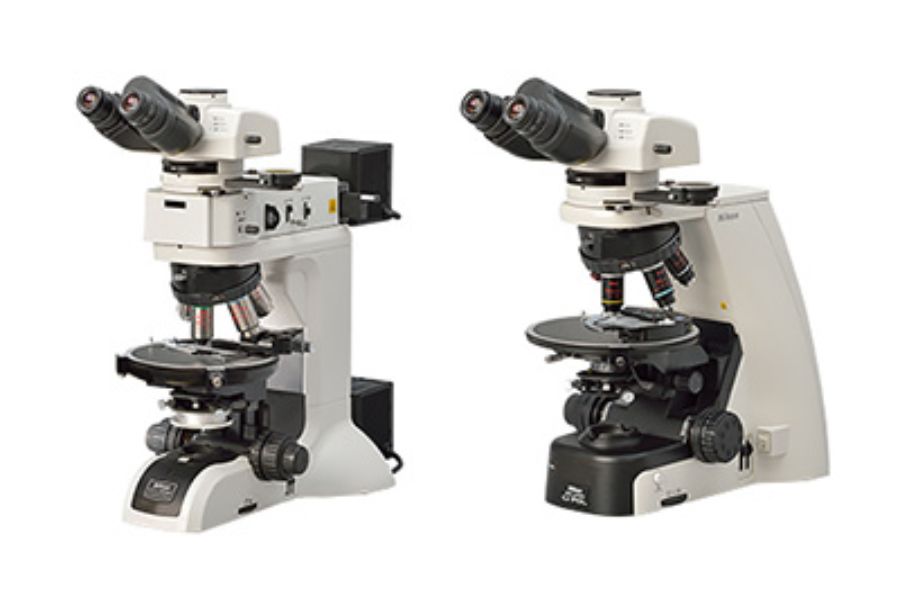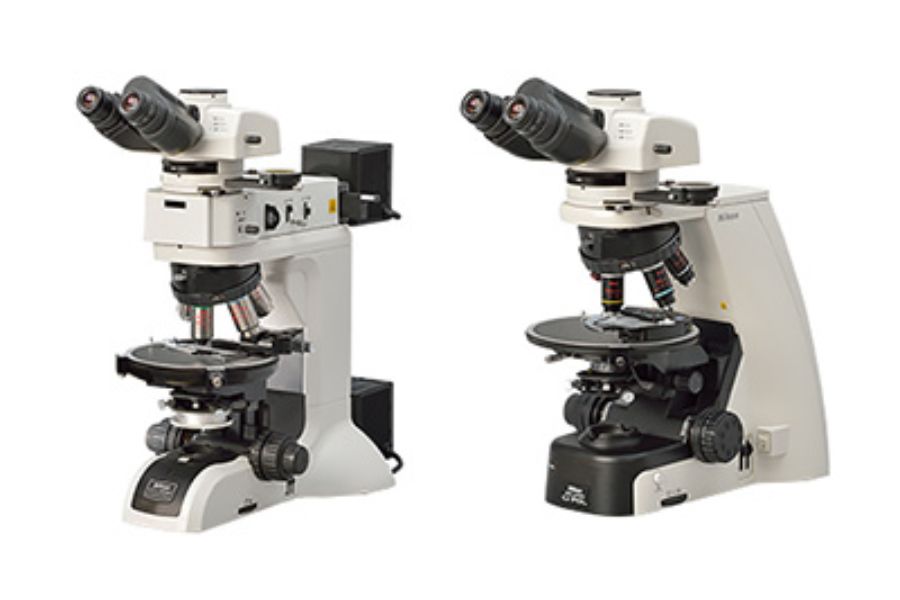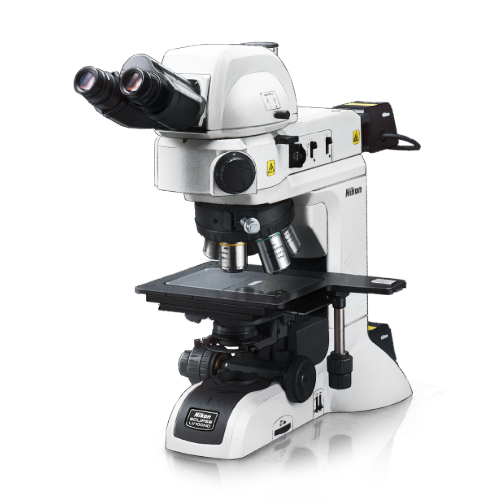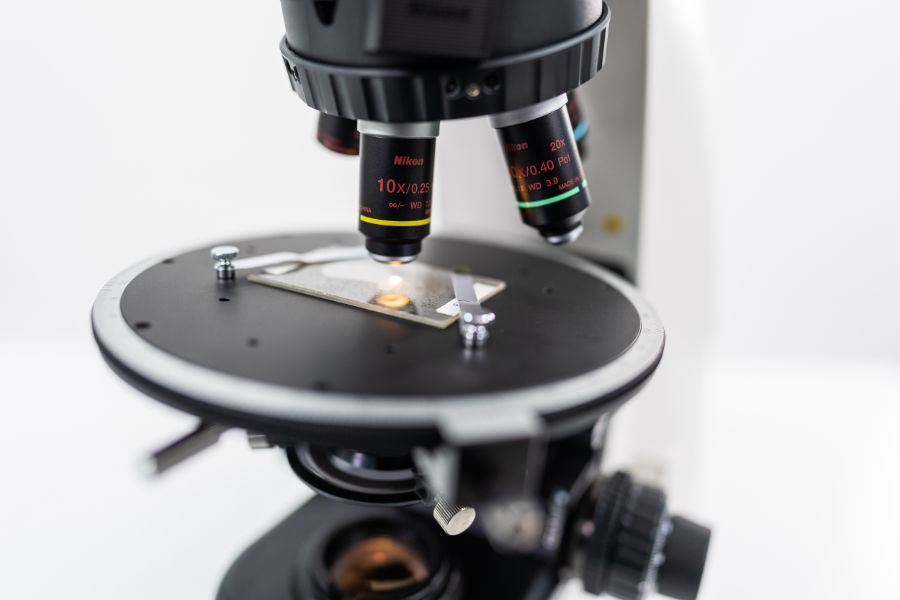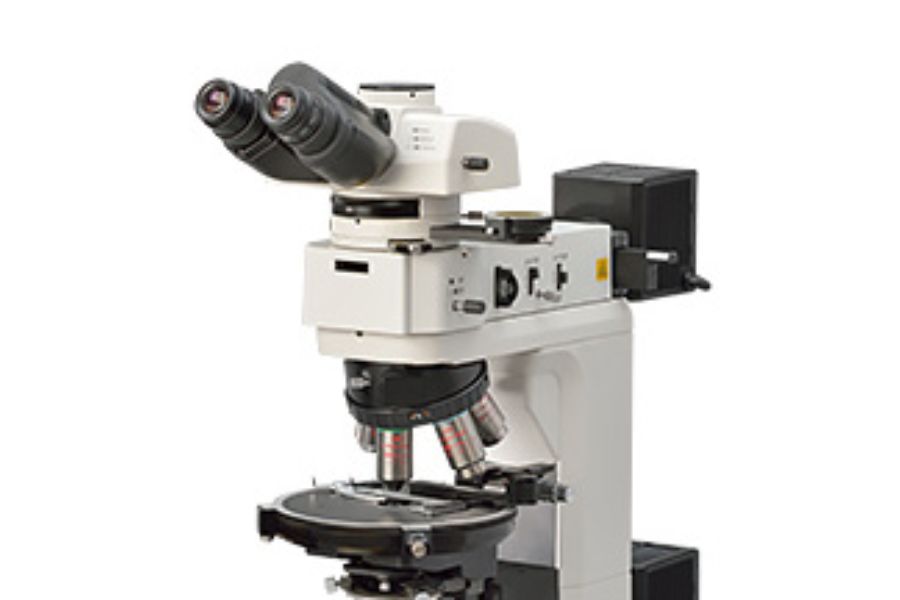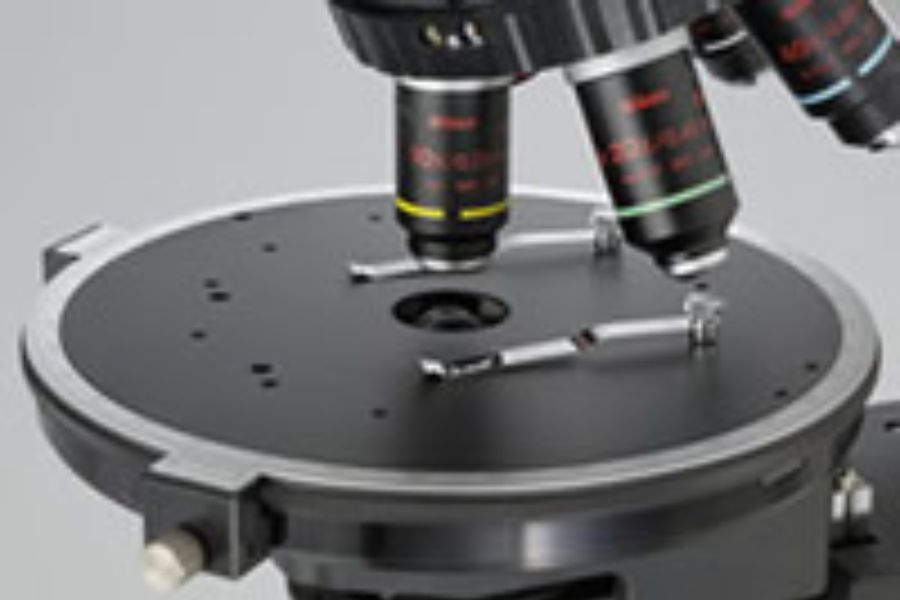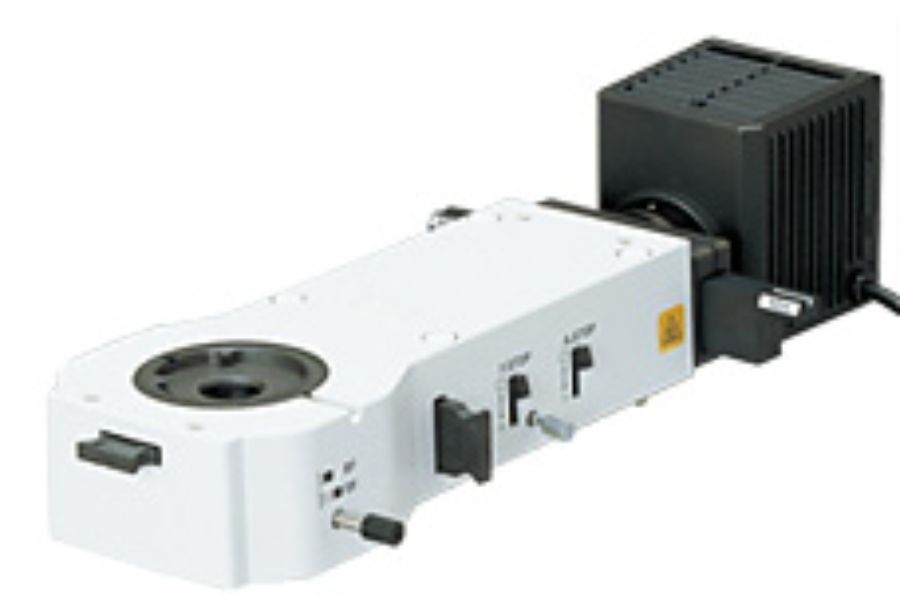All Applications from Research to Routine are Addressed
Superb Nikon CFI60-POL optics provide excellent images to eyepieces and to Nikon’s digital cameras.
LV100N POL enables a range of studies from conoscopy to orthoscopy using a full range of dedicated accessories.
Ci-POL enables a range of studies on a compact microscope.
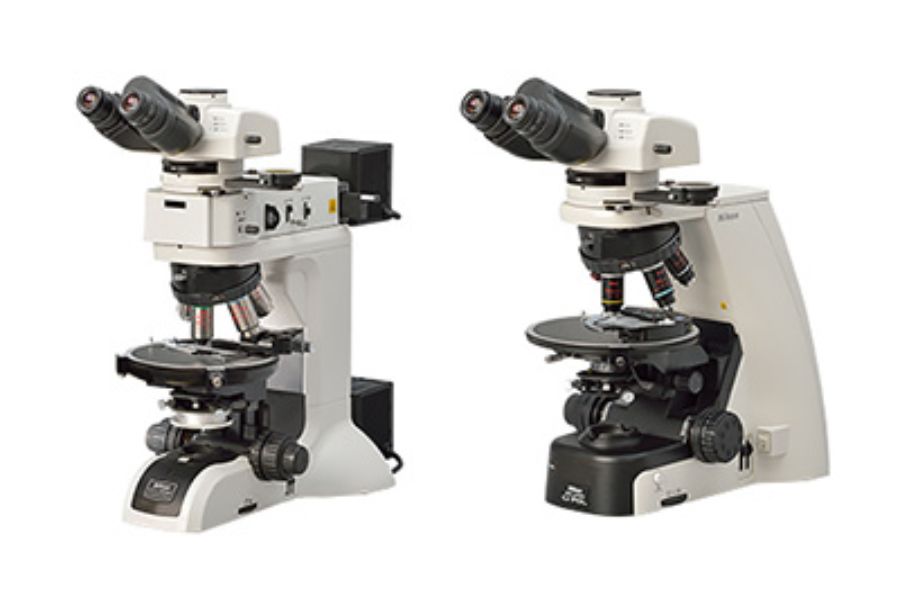
Nikon ECLIPSE LV100N POL and Ci-POL
These instruments feature episcopic and diascopic illumination for mineralogical study of gross or thin sections. Optically active materials may be studied for composition and distribution analysis.
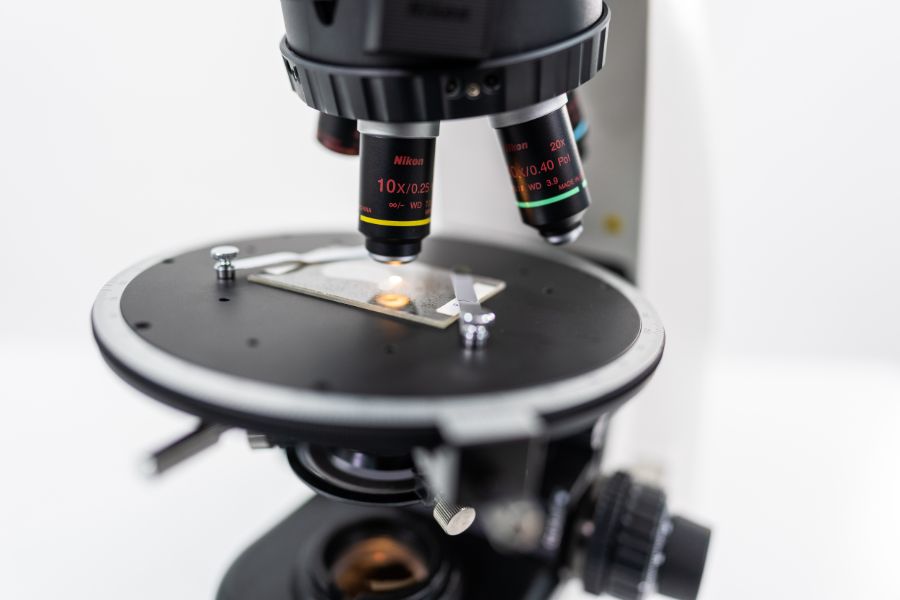
Nikon CFI60-POL Objective Lens Series
Nikon’s innovative, strain free, long working distance, high NA, eco-glass component POL objectives deliver clear, high contrast images to the observer and digital camera.
Product Highlights

Diascopic and Episcopic Illumination
Episcopic studies are possible with the LV-UEPI-N illuminator. The 12V-50W lamphouse is used for diascopic and episcopic illumination. Switching illumination, epi to dia, is a simple operation.

Full Range of Optical Accessories
A comprehensive range of accessories for quantitative analysis is provided by Berek, Senarmont and Quartz wedge compensators, supported by a vernier scale mechanical stage.
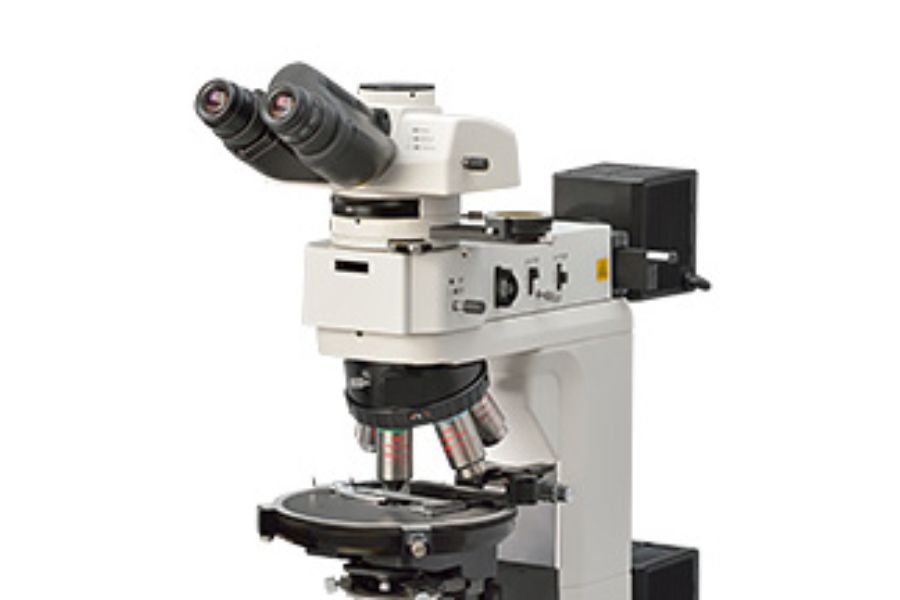
30mm Long Focus Stroke
LV100N POL and Ci-POL stands accept tall, gross samples due to the extra-long 30mm focus range, exceeding the normal range of diascopic microscope models.





